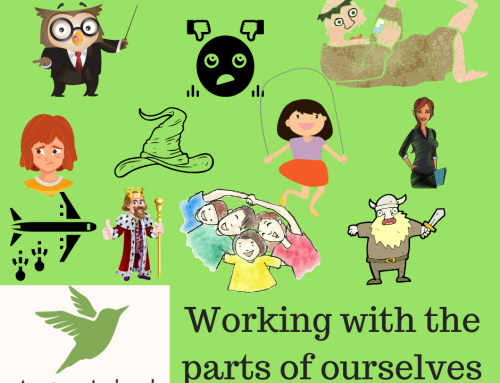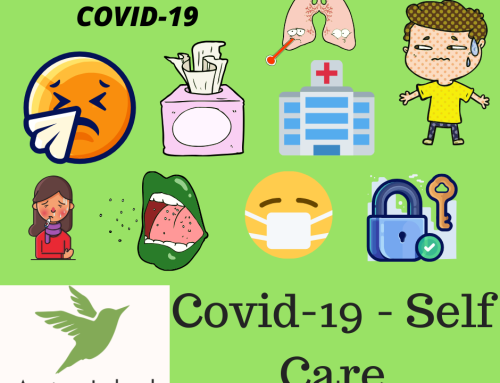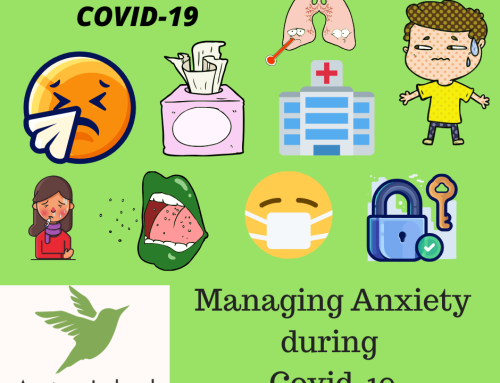15 thinking styles that lead to massive anxiety 2/15: Polarized thinking
In this series of blogs we are going to explore 15 types of distorted thinking. After our last topic of Filtering, the topic for this second blog is “Polarized thinking”.
Thoughts hold the key to many types of anxiety and emotions! It is how we think about things that defines them as problems or not.
What may be a huge deal to us may not impact someone else as severely or it may not impact them at all.
When we are feeling stressed, attacked or threatened, our brains can swing all the way out to our negative anchors—we lose our greys and start thinking in blacks and whites.
Everything becomes all-or-nothing. In other words, we polarize our thinking.
“I’m upset” becomes “I’m furious!”, “That wasn’t such a smart thing to do” becomes “That was utterly stupid!!”, “I didn’t do that the right way” becomes “I never do anything right!!!”
And, what happens when we start thinking that way?
Polarized thinking means we swing all the way out to one end of a two-sided continuum— we magnify situations way out of proportion and exaggerate what is happening far beyond what is actually happening.
To coin an old, worn-out expression: we make a mountain out of a molehill! Polarized thinking destroys open communication. It narrows our perceptions and handicaps us in our attempts to constructively solve problems.
Polarized Thinking;
The hallmark of this distortion is an insistence on dichotomous choices;
We tend to perceive everything at the extremes, with very little room for a middle ground. People and things are good or bad, wonderful or horrible.
This creates a black and white world, and because we miss all the nuances of grey, our reactions to events swing from one emotional extreme to another.
Polarized thinking can also lead to unhelpful forms of perfectionism, that everything has to be faultless. The greatest danger in polarized thinking is its impact on how we judge ourselves.
If we aren’t perfect or brilliant, then we must be a failure or an imbecile. There is no room for mistakes or mediocrity and others won’t put up with our mistakes either.
A bus driver told himself he was a real loser when he took the wrong freeway exit and had to drive several miles out of his way. One mistake and he was incompetent and worthless.
A single parent with three children was determined to be strong and ‘in charge’. The moment she felt tired or slightly anxious, she began thinking of herself as weak, felt disgusted with herself, and criticized herself in conversations with friends.
The fallacy of thinking that things are either black or white, good or bad, all or nothing can lead to rigid and harmful rules based on primal thinking.
This is really bad for us as it creates general anxiety, social anxiety, panic attacks and may make PTSD, OCD and Phobias worse!
During times of stress, conflict, or threat it is efficient to compress complex information into simplistic categories for rapid decision making, but if done too much we can make the world seem much harsher place then it needs to be.
The reality often lies in the sizeable middle ground between these extreme poles. Recognizing and rejecting the false dichotomy will reduce anxiety.
Polarized Thinking comeback No black and white judgements
Think in percentages
The key to overcoming polarized thinking is to stop making black or white judgements. People are not either happy or sad, loving or rejecting, brave or cowardly, smart or stupid.
They fall somewhere along a continuum. They are a little bit of each. Human beings are just too complex to be reduced to a dichotomous judgement.
If we have to make these kinds of ratings, it is better to think in terms of percentages: ‘About 30% of me is scared to death, and 70% is holding on and coping … about 60% of the time he seems terribly preoccupied with himself, but there’s the 40% when he can be really generous … 5% of the time I’m an ignoramus, the rest of the time I do all right’.
Realizing that things are not so black and white and taking the time to write the concerns we have out is a great way to untangle these thinking styles.
Polarized thinking is one of 15 common types of distorted thinking. In our next blog we will be discussing Over generalization.
Other Distorted Thinking styles are also extremely important for how we deal with and suffer from anxiety. Distorted thinking styles include: Filtering, Polarized Thinking, Over-generalization, Mind Reading, Catastraphizing, Personalization, Control Fallacies, The Fallacy of Fairness, Emotional Reasoning, The Fallacy of Change, Global Labeling, Blaming, Shoulds, Being Right and Heaven’s Rewards Fallacy.
Counselling is a place where unhelpful thinking can be worked on along with perfectionism and self esteem issues. If anyone ever needs help with anxiety, they can remember they can contact Anxiety Ireland to chat on the phone with one of our counselors to access the best way to get anxiety help.
If unsure this is anxiety, take our anxiety quiz.
Thanks for reading and please like, share or comment on our Instagram if this was interesting.
Michael
Team Anxiety Ireland




